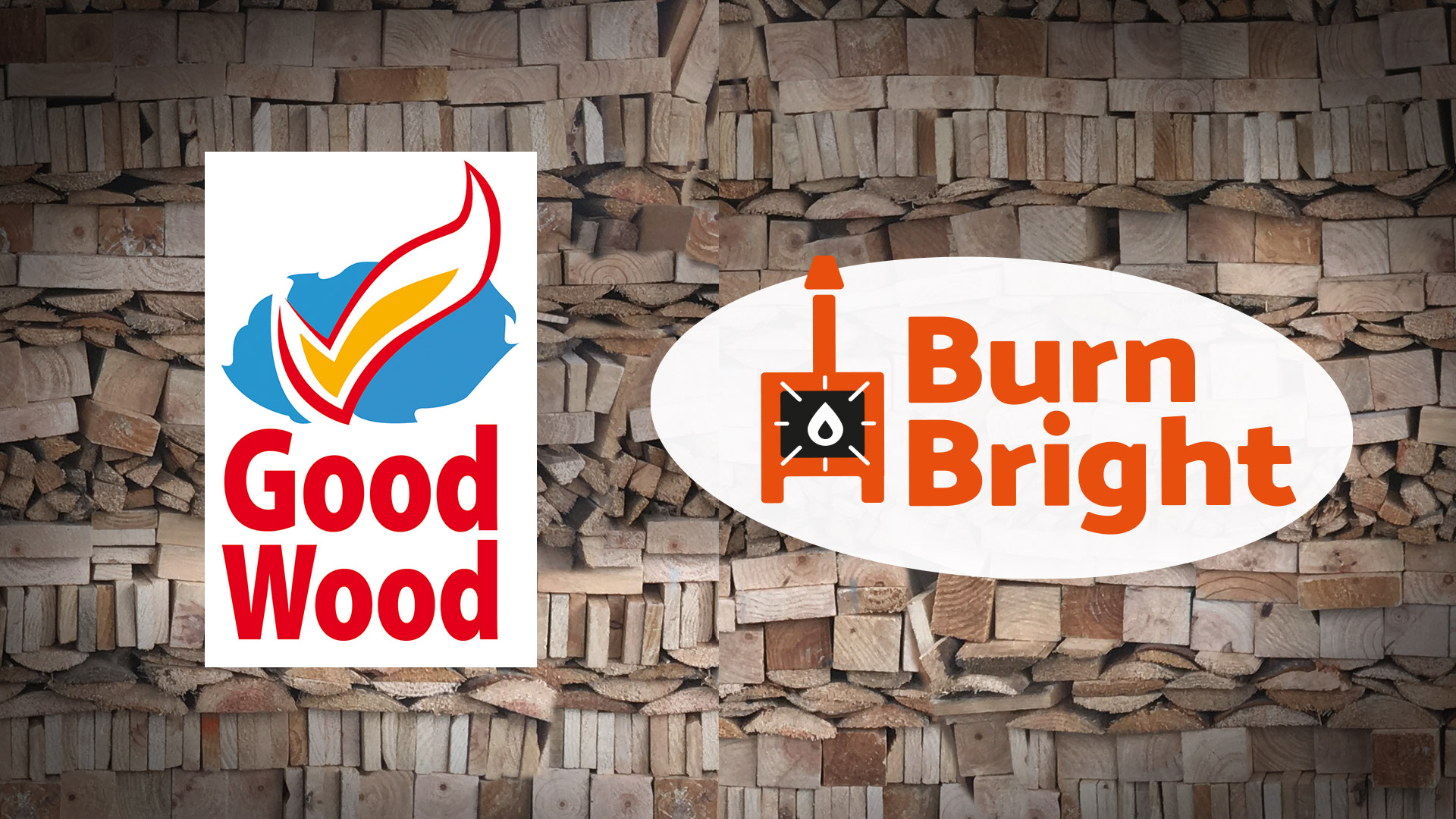We're breathing easier in Nelson
03/07/2019 9:58am
The latest air quality monitoring results show that Nelson city’s air quality continues to improve.
Council’s air quality monitoring has shown a steady and significant reduction in PM10 emissions since 2001.
There have been no exceedances of the National Environmental Standards for Air Quality so far this winter (2019); three summertime recent exceedances in the Tahunanui Airshed (February and March 2019) were the result of dry dusty summer conditions. By comparison, in 2001, there were 81 exceedances recorded in Airshed A.
Clare Barton, Group Manager Environmental Management, says the improvements are the result of hard work by Council and the community to take on board best practice for woodburners, through monitoring, information, education and regulation.
“We know that woodburners are a significant contributor to PM10 emissions over the winter, and it is satisfying to see the improvements achieved over the last 15 years.”
“We have our Nelson Air Quality Plan (NAQP) regulatory responsibility, which we carry out through smoke patrols. But a big part of it is education and working with the community – who have really been great at grasping the issues and doing their bit to make sure they are not the smoky chimney in their street.”
Key issues for smoky chimneys are burning wet wood, filling the wood burner up too much and shutting it down too soon after putting fresh wood on.
"We’ve got the Good Wood scheme,” says Ms Barton, “which gives people confidence that they are getting wood fit for purpose from approved suppliers.”
“We encourage proper wood storage through our Best Little Woodshed competition every year, and then we run a series of Burn Bright articles which help educate people on the key points of using their wood burner effectively – so they get the most warmth without making a lot of smoke.”
More information about our air quality monitoring results can be found in the State of the Environment report 2018(pg. 90-95), and on Lawa.org.nz
Regular monitoring results are also available online here

